Sunday Train: The New Gulf Wind, NOLA to Orlando
Must-read blogs
- Casinos Not On Gamstop
- Casino Con Bonus Di Benvenuto
- UK Online Casinos Not On Gamstop
- Migliori Bookmakers Non Aams
- Gambling Sites Not On Gamstop
- Non Gamstop Casinos UK
- Non Gamstop Casino UK
- Slots Not On Gamstop
- Best Non Gamstop Casinos
- Sites Not On Gamstop
- Non Gamstop Casino
- Sites Not On Gamstop
- Slots Not On Gamstop
- UK Casino Not On Gamstop
- Casino Non Aams
- Best UK Online Casino Sites
- Sites Not On Gamstop
- Casino En Ligne Fiable
- Non Gamstop Casino UK
- Non Gamstop Casino
- Non Gamstop Casinos
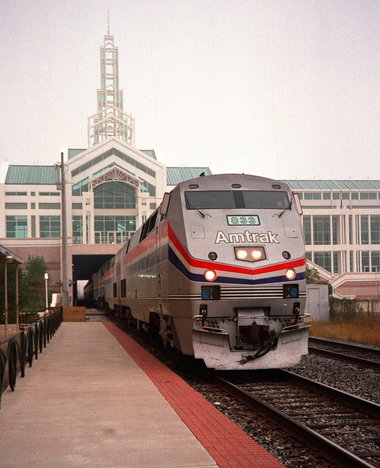 In this September's
In this September's 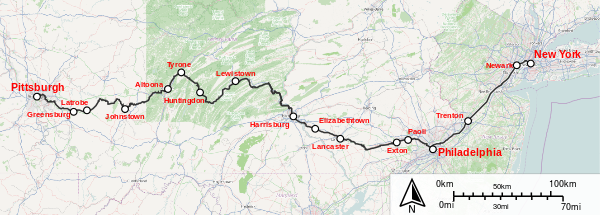
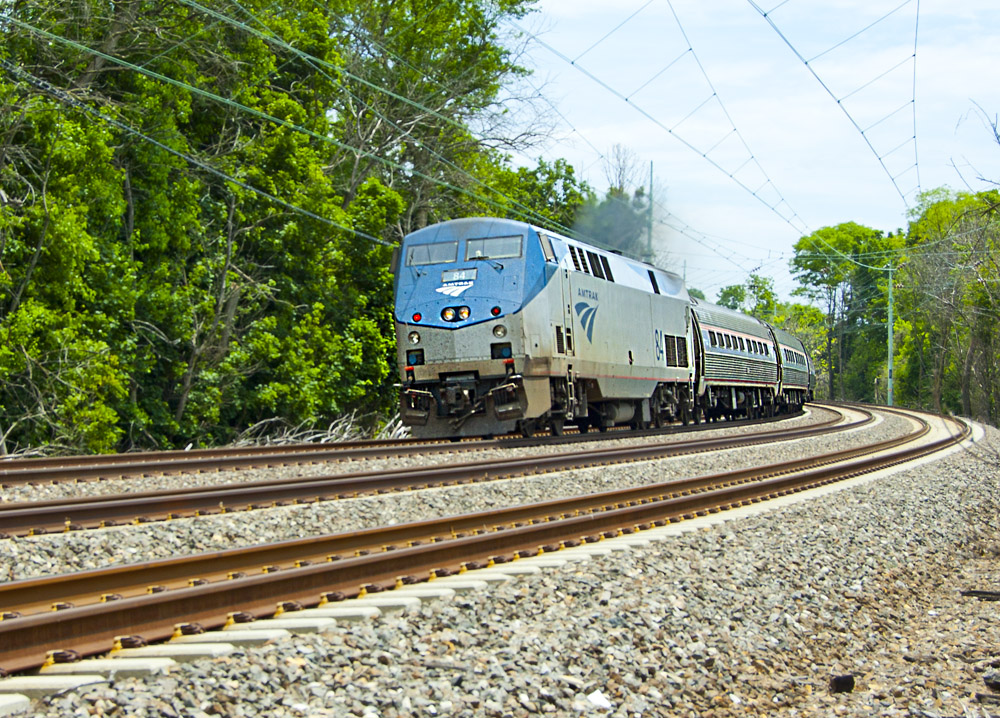 One of the things I was waiting on last year was delivery of Pennsylvania's feasibility study for improvements on the "Keystone West" corridor. The "Keystone East" corridor connecting Harrisburg and Philadelphia was upgraded in 2006, with an electrified corridor with speeds of up to 110mph providing travel times competitive with driving, especially in the suburban Philadelphia area. So when a "Keystone West" feasibility study was announced, there were high hopes in some quarters that some substantial improvements might be made on the "Keystone West" corridor, connecting Pittsburgh with Harrisburg, currently hosting only the Pennsylvanian between Pittsburgh and Philadelphia.
One of the things I was waiting on last year was delivery of Pennsylvania's feasibility study for improvements on the "Keystone West" corridor. The "Keystone East" corridor connecting Harrisburg and Philadelphia was upgraded in 2006, with an electrified corridor with speeds of up to 110mph providing travel times competitive with driving, especially in the suburban Philadelphia area. So when a "Keystone West" feasibility study was announced, there were high hopes in some quarters that some substantial improvements might be made on the "Keystone West" corridor, connecting Pittsburgh with Harrisburg, currently hosting only the Pennsylvanian between Pittsburgh and Philadelphia.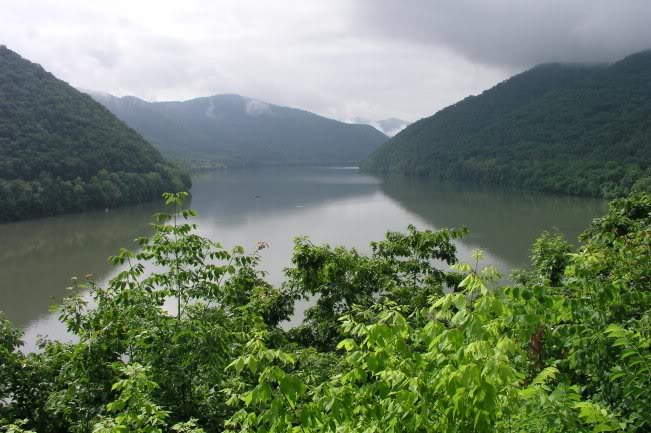 In
In 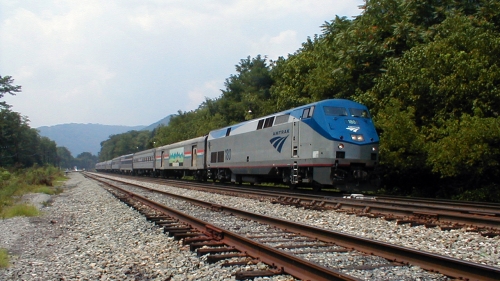 This last week, there was the surprising start to a headline in the Washington Post that began, "GOP House and White House agree on something" ... and that something was:
This last week, there was the surprising start to a headline in the Washington Post that began, "GOP House and White House agree on something" ... and that something was: 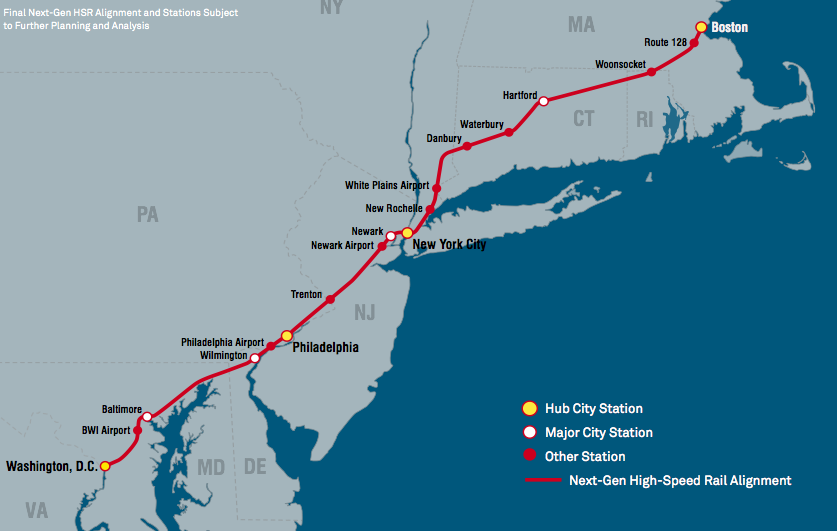 One of the transit bloggers that I enjoy reading is Alon Levy who blogs his observations on a variety of transit topics at
One of the transit bloggers that I enjoy reading is Alon Levy who blogs his observations on a variety of transit topics at 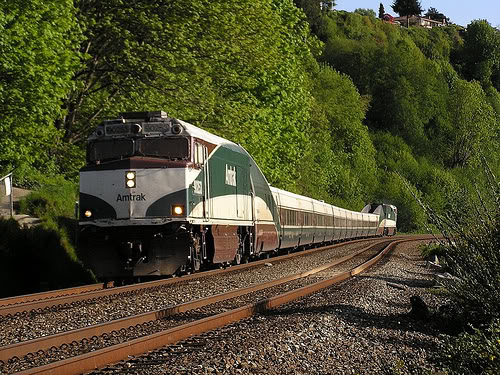 At the beginning of last month, Paul Druce of "Reason & Rail" discussed the possible impact of the pending upgrade of the Amtrak Acela route in
At the beginning of last month, Paul Druce of "Reason & Rail" discussed the possible impact of the pending upgrade of the Amtrak Acela route in 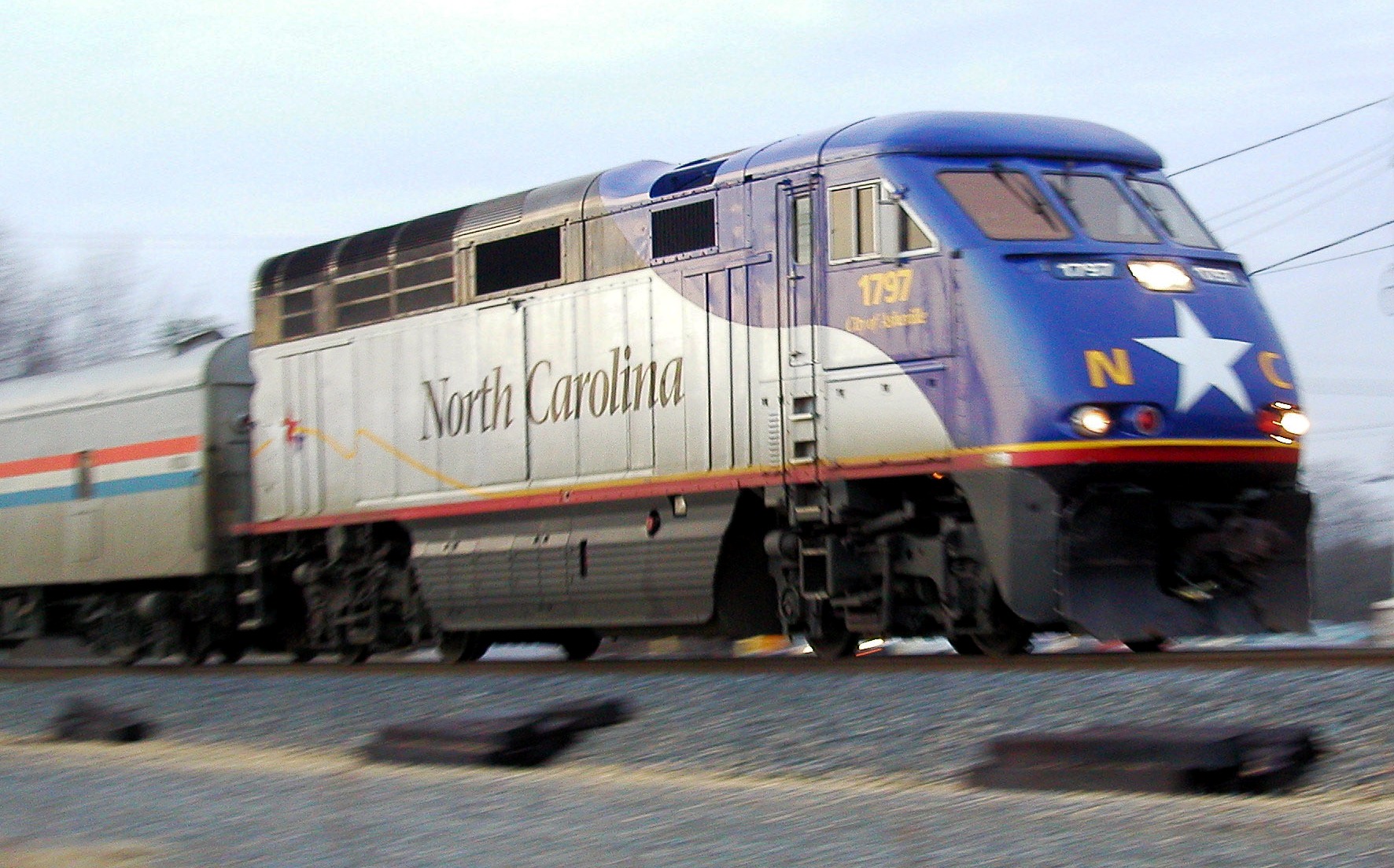 The Southeast HSR corridor can be divided between the "real" SEHSR corridor, where there is actual, ongoing work on improving the speed and, even more critically, the capacity of the corridor in support of services that will begin operating within the current decade, and the "notional" SEHSR corridor, the land of feasibility studies and preliminary planning, where even if a pedal to the metal intercity rail investment program were to commence in 2017, any new services entering into operation before the latter half of next decade would be subsidized conventional rail service.
The Southeast HSR corridor can be divided between the "real" SEHSR corridor, where there is actual, ongoing work on improving the speed and, even more critically, the capacity of the corridor in support of services that will begin operating within the current decade, and the "notional" SEHSR corridor, the land of feasibility studies and preliminary planning, where even if a pedal to the metal intercity rail investment program were to commence in 2017, any new services entering into operation before the latter half of next decade would be subsidized conventional rail service.